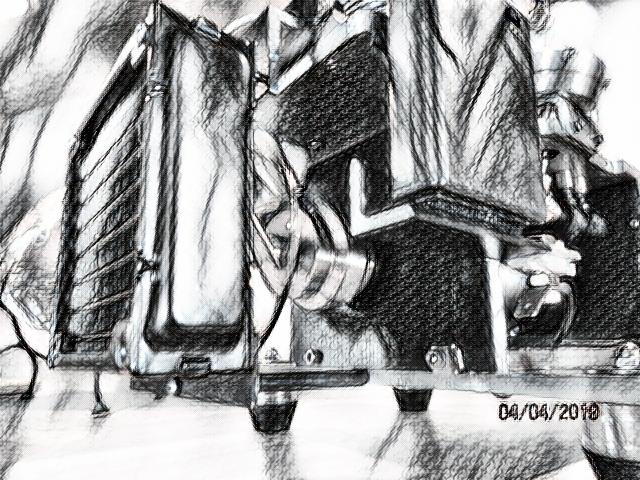Trying out a sideline as a plumber with my first liquid cooled model. More parts and more area needed on the frame for those parts, Black Water turned out to scale with these external additions. Don't think I will return to L.C. soon..... but gave me a chance to try out another cooling option for my industrial type engines. BLACK WATER starts this week with an abbreviated build log!


Attachments
Last edited:




































![DreamPlan Home Design and Landscaping Software Free for Windows [PC Download]](https://m.media-amazon.com/images/I/51kvZH2dVLL._SL500_.jpg)












































































